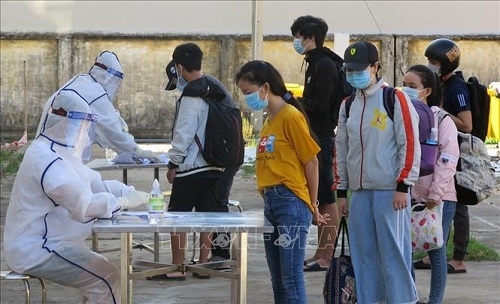October 15, 2020 | 20:57 (GMT+7)
Australian newswire highlights Vietnam’s success in fighting COVID-19 resurgence
Europe could look to the success of countries like Vietnam as the continent is again in the grip of a COVID-19 resurgence, with outbreak flashpoints in the United Kingdom, Spain and France each reporting thousands of new daily cases, theconversation.com reported.
Europe’s second wave is worse than the first, according to the Australian-headquartered media outlet. The level of infections is now higher than in March and April across many countries, after restrictions were significantly eased over summer. But now many areas are being forced to re-introduce varying levels of restrictions, though most countries are resisting nationwide lock-downs.
    |
 |
|
(Photo for illustration: VNA) |
By contrast, several Southeast Asian countries are doing exceptionally well, the newswire said. Over the past two weeks, Vietnam, Thailand and Cambodia have reported around 0-5 daily new cases on average despite dense populations.
In Vietnam, total number of cases is just over 1,100, which is extremely low for a population of nearly 100 million.
It highlighted targeted testing as an effective tactic used by Vietnamese health authorities, where they have focused on high-risk individuals and on buildings and neighborhoods where there have been confirmed cases. Health authorities have also implemented extensive contact tracing, and aimed to identify those at risk of exposure regardless of symptoms.
The country also set up quarantine facilities for infected people and international travelers, minimizing spread inside households.
It noted that having experienced the SARS and avian flu epidemics, many Asian countries took the threat of COVID-19 seriously right from the beginning.
In addition, many countries implemented strict face-mask wearing and physical distancing in an early manner. Targeted testing, education and the involvement of the community are critical in responding to COVID-19.
Source: VNA